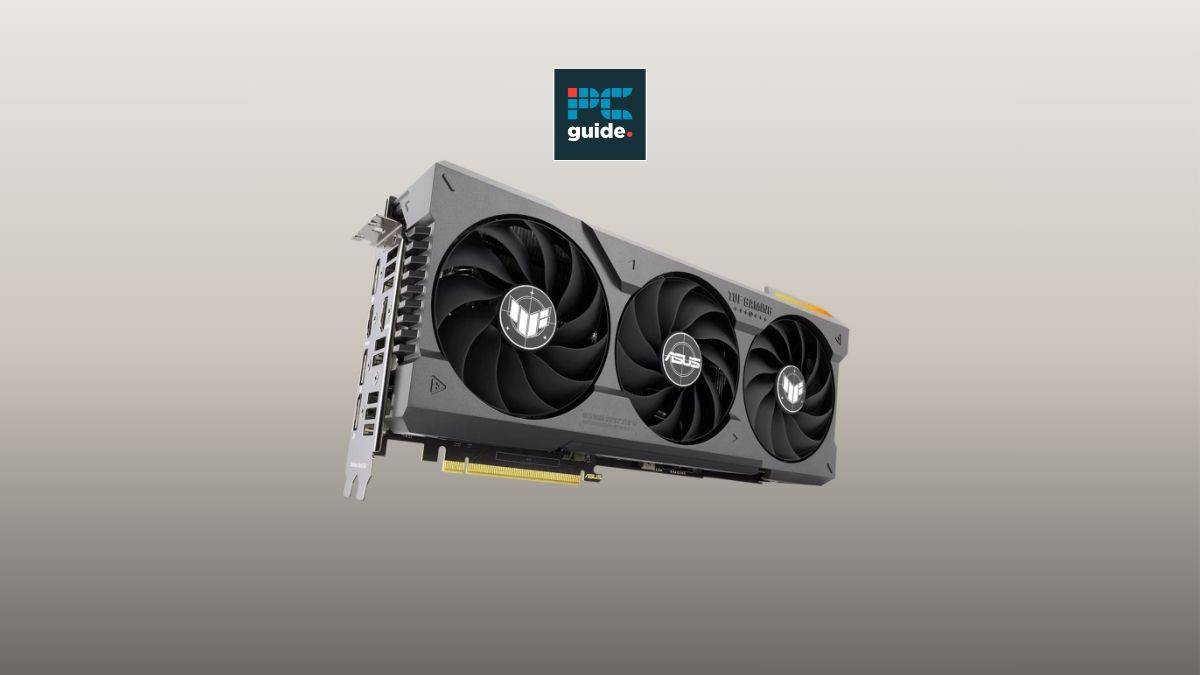How to reset a graphics driver – The simple method

Table of Contents
If you're starting to see signs like screen flickering, freezing, or the much-feared ‘black screen’, you may be interested in resetting your graphics driver. This can usually help to avoid such issues. It is a good first step to consider and works well for both Nvidia, AMD, and Intel graphics drivers. This article will show you how to reset a graphics driver and give you some additional advice on how to avoid further issues. There are many ways, but we have laid out three of the most effective and easy to follow. Choose either method based on your preferences for your desktop.
Interested in more how-to guides to solve GPU issues, we have how to remove a GPU and how to update Nvidia drivers just a click away. Be sure to check them out.
Step-by-step guide – how to reset a graphics driver
Restart the driver using the keyboard shortcut
The first method to consider when wondering how to reset a GPU is the keyboard shortcut route. It is a simple and straightforward method to resetting your GPU. Let’s show you how.
Step
Use key combination
Once on startup menu of your PC, press Win + Ctrl + Shift + B. This shortcut instantly refreshes your graphics driver in Windows. Your screen may flash briefly as the driver resets.
Step
Observe screen response
Notice a brief screen flash indicating the reset. The screen flicker is normal and shows that the graphics driver is restarting.
Disclaimer: This method is safe and does not affect running applications. It may not work during gaming, as games can override keyboard shortcuts.
Reset driver using Device Manager
Here is the second method when learning how to reset a GPU.
Step
Open Device Manager
Search and open the Device Manager from the Windows Start menu. Device Manager lists all hardware components, including your graphics card.
Note: Device Manager is separate from Windows Task Manager.
Step
Locate graphics card
Find and expand the Display Adapters section. This section shows your installed graphics card.
Step
Access graphics card properties
Right-click on the graphics card driver and select ‘Properties’.
Step
Disable the graphics driver
Go to the Driver tab and click ‘Disable Device’. Disabling the driver temporarily stops it from functioning. Confirm the action when prompted.
Step
Re-enable the Graphics Driver
Right-click on the graphics card driver again and choose ‘Properties’. In the Driver tab, select ‘Enable Device’.
Uninstall and reinstall graphics driver
The third method when learning how to reset a GPU is uninstalling and reinstalling the graphics driver. Let’s show you how it is done.
Step
Open Device Manager
Search for and open Device Manager from the Windows Start menu.
Step
Locate display adapters
Find and expand the ‘Display adapters’ section. This section will list your graphics card(s).
Step
Uninstall graphics driver
Right-click on your graphics card driver. Select ‘Uninstall device’. Choose to uninstall the driver.
Step
Confirm uninstall
Approve the action to fully uninstall the driver. Ensure all driver files are removed by confirming the uninstallation process.
Step
Reboot your device
Restart your computer after uninstalling the driver. Upon rebooting, Windows will detect the missing driver. It may automatically prompt you to reinstall the driver.
Step
Reinstall driver
Allow Windows to automatically install the latest version of the driver, or manually download it from the manufacturer’s website.
Is it safe to reset the graphics driver?
Yes, resetting a graphics driver is generally safe and a common troubleshooting step for resolving display-related issues. Methods like using the keyboard shortcut (Win + Ctrl + Shift + B) or restarting the driver through the Device Manager are built into Windows specifically for this purpose. They do not negatively impact your system or other running applications on your PC. However, if you choose to uninstall and reinstall the driver, ensure you download the correct and latest driver from the manufacturer’s website to avoid potential compatibility issues. Knowing your driver software and graphics properties always helps.
What is a corrupted graphics driver?
A corrupted graphics driver refers to a driver that has become faulty, incomplete, or damaged. This can occur due to improper installation, conflicts with other software, outdated drivers, or system errors. Symptoms of a corrupted graphics driver can include frequent crashes, display artifacts, performance issues, or the inability to run graphics-intensive applications. Resolving a corrupted driver typically involves updating, resetting, or in more severe cases, uninstalling and reinstalling the driver.
Does uninstalling a driver reinstall it?
Uninstalling a driver does not automatically reinstall it. Once a driver is uninstalled, you will typically need to reboot your computer. Upon restarting, Windows may automatically detect the missing driver and attempt to install a generic or compatible driver. However, it is often recommended to manually download and install the latest driver version from the graphics card manufacturer’s website to ensure optimal performance and compatibility.
